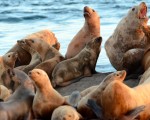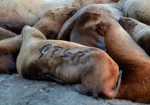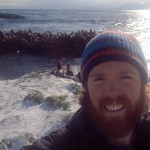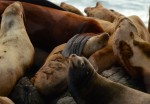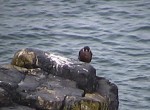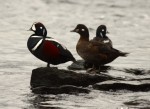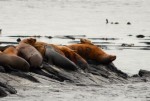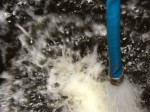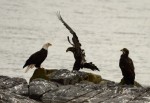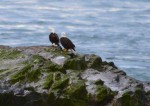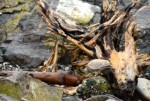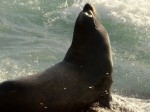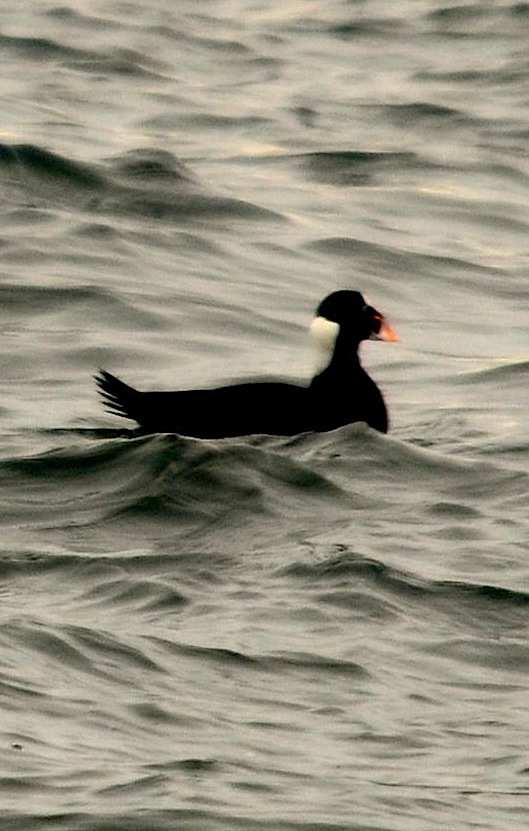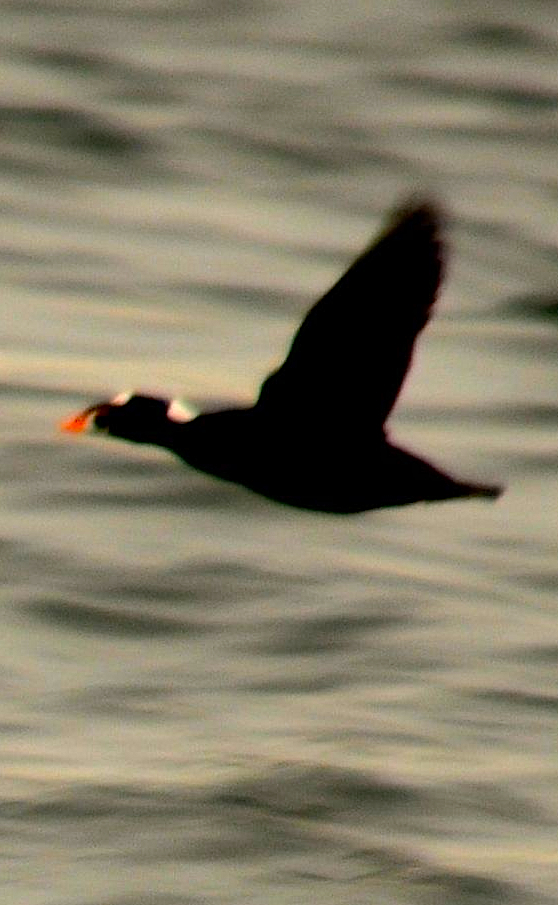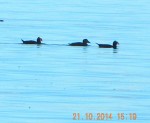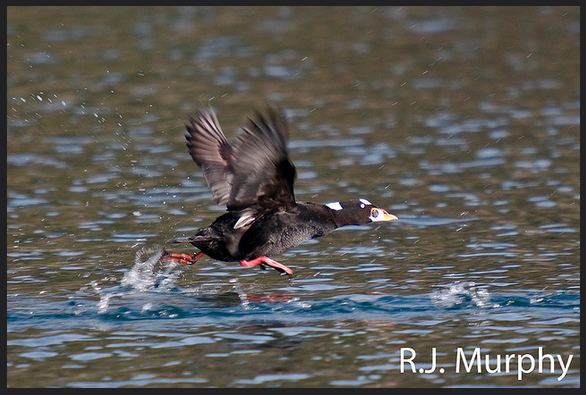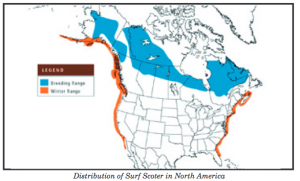The wind blew from the northeast, between 15 and 25 knots. The barometer rose in the morning from 1024 hPa and then dropped to 1020 hPa. The visibility was unlimited, with great views of Mt. Baker and many other wonders of the Salish Sea. The temperature reached a high of 2oC as I am writing this at 21:00.
The dive boat from Ogden Point visited at 11:00. The group was diving around Middle Rock.
I was going to leave on the Race Rocks boat this morning for a short trip into Pedder Bay to drop off garbage and pick up gas. A lot of garbage is being swept onto the shores of the ecological reserve. I thought I had a good window to get away from the jetty. Although, the northeasterly swell started to pick up just as I was putting the boat in the water. The waves were too high as they rolled into the jetty, so I changed my plans and raised the boat back into the boat house.
Two branded sea lions were spotted today. See the photos and captions below for 359Y and 975Y. In November there were 20 different brands spotted around Race Rocks. Many of those california and steller sea lions had never been spotted before at Race Rocks.
I collected depth soundings from all the tanks around campus for the month end report. 475L of diesel was used over the past month to power the generator and heat the houses. Last year in November, 737L of diesel was used. The reduction of diesel use by a third this year has come from increased power output from the solar array as well as the wood stove, which was installed last winter in the Ecoguardian’s House. There are lots more changes being made to transition to more sustainable power sources. Stay tuned to this blog to read about them as they are introduced.
- Check out the size difference between these steller sea lions. Males can weigh up to 566 kg (1,245 pounds) and females weigh up to 263 kg (579 pounds). They can live up to 20-30 years.
- A new sighting of a branded steller sea lion. This sea lion was branded 359Y in 2013, when it was a yearling at Rogue Reef, Oregon.
- Another new sighting of a branded steller sea lion. This sea lion was branded 975R in 2011, when it was a yearling at Rogue Reef, Oregon.
- The sun sets behind the Olympic Peninsula at 16:20. There are frozen ponds in the foreground.
- The sunset progressed to pink and orange tones.

